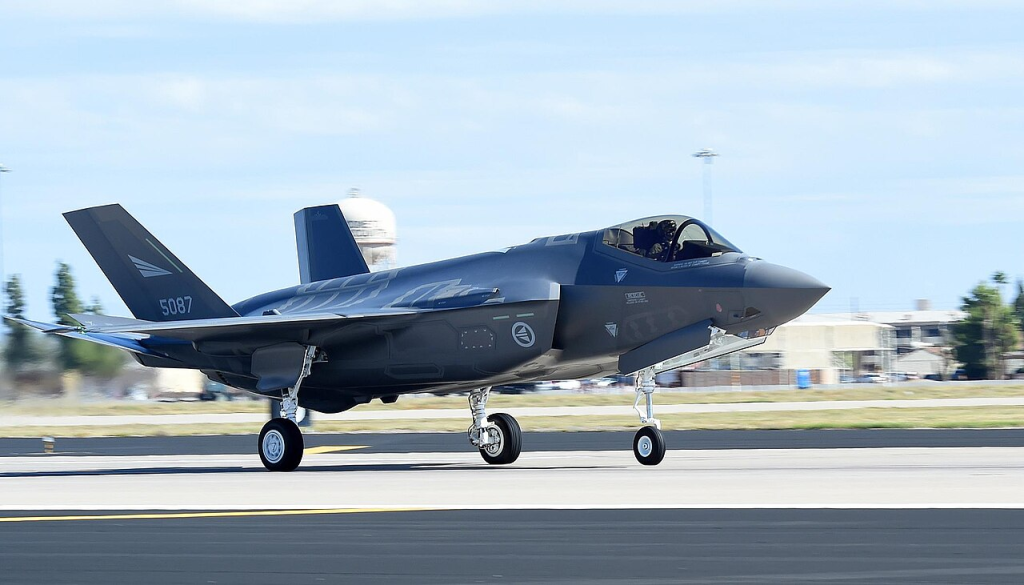
Imagine that the U.S. could provide 80% of sixth-generation fighter capability without creating a whole new airplane. That’s the problem motivating Lockheed Martin’s efforts to power its current F-35 Lightning II and F-22 Raptor fleets with technologies developed through its Next Generation Air Dominance (NGAD) development programs. In response to Boeing’s victory on the NGAD contract last year, the executives of Lockheed have emerged and stated that losing the bid does not equate to losing the race for innovation.

The firm’s “fifth-generation-plus” vision is designed to bridge the gap between current frontline warfighters and future NGAD family of systems. By leveraging leading-edge stealth, advanced sensors, autonomous wingman management, and next-generation armaments on proven airframes, Lockheed is confident that it can provide game-changing capability at about half the cost per aircraft of a clean-sheet sixth-gen design. To defense planners, this strategy provides a low-cost, rapid solution to meet evolving threats from near-peer competitors without sacrificing air dominance deep into the 2030s.
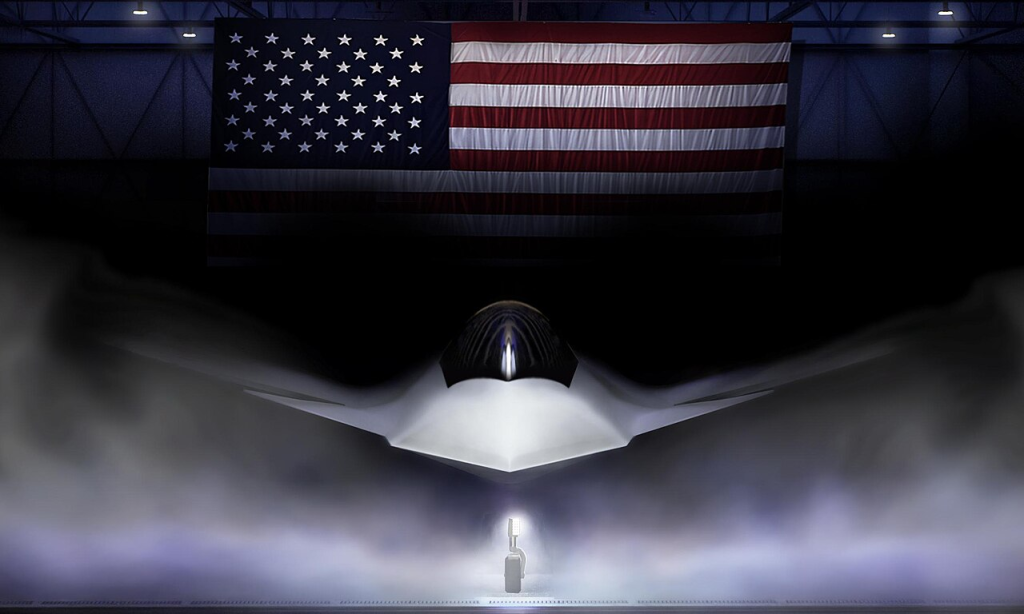
1. Putting NGAD Technologies to Cost-Effective Use in Modernization
The Lockheed Martin scheme relies on applying thought-out innovations for its NGAD bid and applying them to bring the F-22 and F-35 up to date. CEO Jim Taiclet characterized the scheme as taking the F-35’s “chassis and making it a Ferrari,” and achieving 80% of sixth-gen capability at 50% of the cost. With more than 3,500 F-35 airframes estimated globally, this retrofit feature is a tremendous force multiplier. A majority of these technologies were sponsored under NGAD research, while others were sponsored by their developers, so they are mature and ready to be incorporated rapidly.
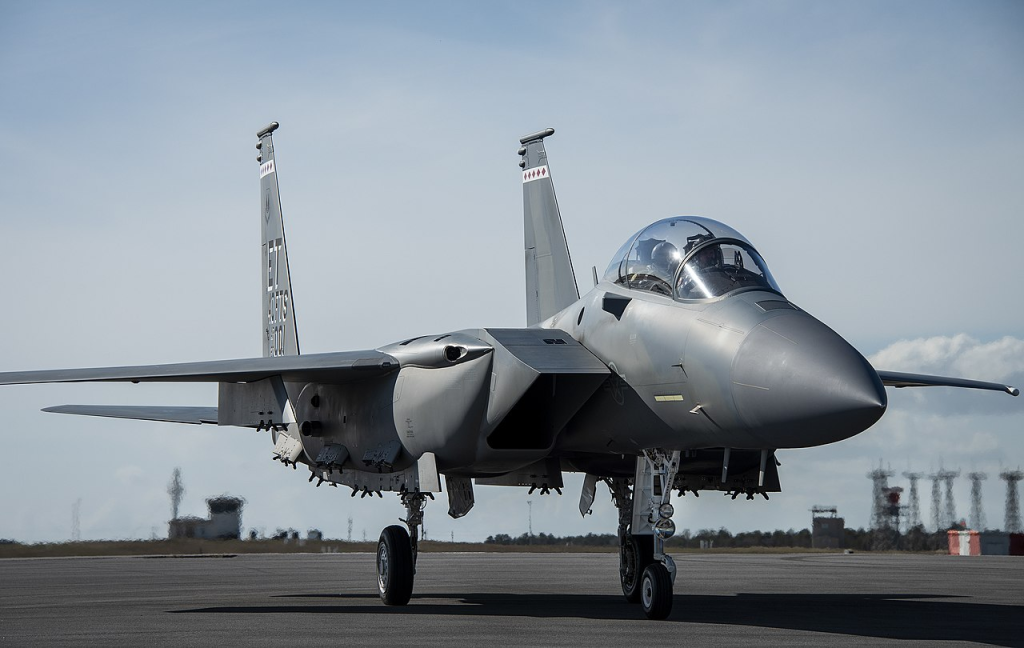
This strategy is consistent with Boeing’s F-15EX program, which married a fourth-generation airframe to fifth-gen avionics and electronic warfare capabilities. Extrapolating NGAD-era stealth materials, passive infrared sensors, and beyond-visual-range missiles onto the fifth-generation fleet, Lockheed hopes to maintain their current platforms competitive against competitors deploying advanced designs such as China’s J-20 and J-31.

2. Stealth and Survivability Advances
Stealth continues to be the foundation of American air supremacy. Upgraded F-35s and F-22s will be made more difficult to detect using NGAD-based low-observable materials, next-generation geometries, and countermeasures by Lockheed. Engine nozzle and coating changes will minimize infrared and radar signatures, and surface treatments will enhance durability and lower maintenance.
These upgrades are critical for operating in highly contested environments where adversary sensors are increasingly capable. As President Donald Trump noted in a White House meeting, “We want to shoot the other guys before he even knows we’re there.” Enhanced stealth directly supports that vision, enabling pilots to engage without revealing their position.

3. Sensor and Data Fusion Upgrades
The fifth-gen-plus concept leverages the F-35’s already formidable sensor suite. Technology Refresh 3 (TR-3) hardware boosts computational power 25 times, enabling faster data fusion from enhanced systems like the AN/APG-85 radar, reportedly twice as fast as previous performance. The six infrared cameras of the Distributed Aperture System provide 360-degree passive awareness, and the upgraded Electro-Optical Targeting System provides high-definition video and precise laser designation.
For the F-22, add-ons during the design phase include infrared search and track (IRST) pods for beyond-visual-range target detection of stealthy targets, and helmet-cued targeting systems to maximize utilization of high-off-boresight missiles such as the AIM-9X. Both will allow both aircraft to function as airborne command centers, commanding operations following Distributed Collaborative Air Operations doctrine.
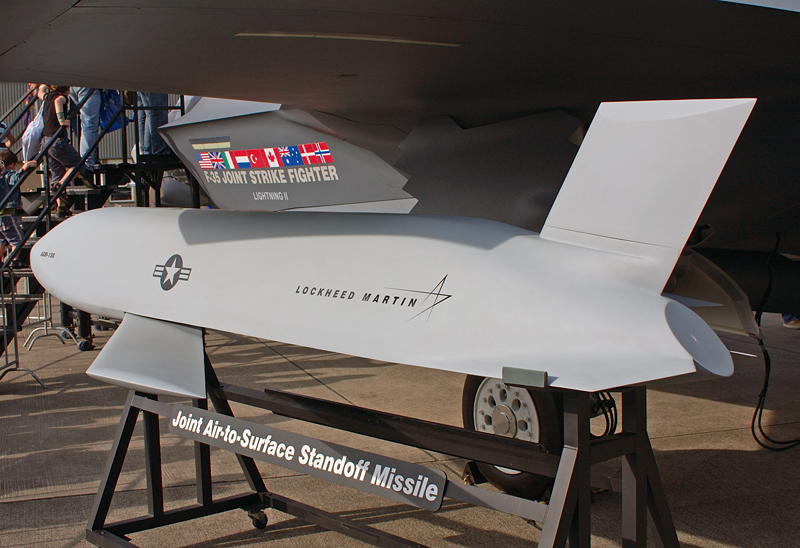
4. Weapons Compatibility Expansion
Lockheed will add next-generation weapons tailored specifically for NGAD to the inventory of F-22 and F-35. Some of the next-generation weapons include directed energy, hypersonic missiles, and future air-to-air missiles. The F-35 will be added with AGM-158 Joint Air-to-Surface Standoff Missile and the Long-Range Anti-Ship Missile, increasing its range for destroying sea and ground targets.
Longer-range missiles combined with advanced sensors will enable pilots to engage from standoff ranges, minimizing exposure to adversary defenses. This broader spectrum of capabilities enables the U.S. Air Force to seek “pulsed airpower” and distributed mass, projecting effects without depending on centralized, large-strike packages.
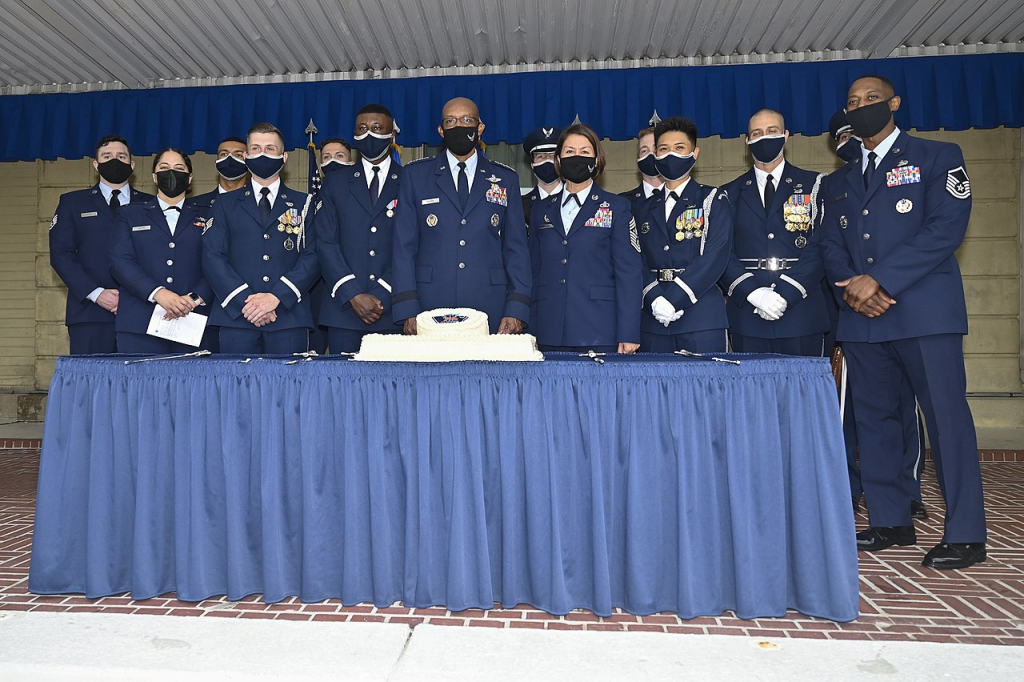
5. Autonomous Wingman Drone Integration
Both pilots are training to operate Collaborative Combat Aircraft (CCA) semi-autonomous unmanned aerial vehicles that will be operated in tandem with manned aircraft. AI, machine learning, and secure data links will allow them to conduct reconnaissance, electronic warfare, or other firepower.
The idea has been piloted with F-35 and F-22 tests serving as leading wingmen, reflecting the U.S. Air Force NGAD ecosystem concept. By combining human pilots and unmanned assets, the fifth-gen-plus fleet can provide twice its combat capability without enhancing pilot risk, a critical advantage where things are most at stake.
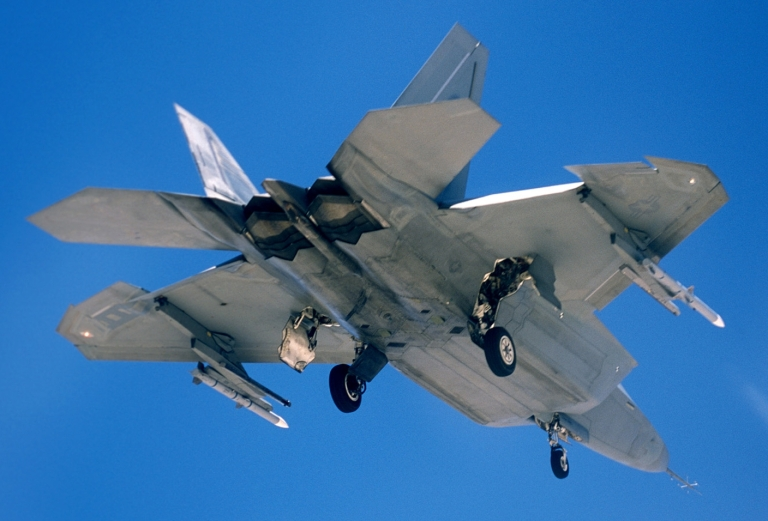
6. Stealthy Range Extension Solutions
Pacific missions require more range. The F-22 Low Drag Tank and Pylon program will deliver stealth-compatible tanks that exit cleanly, removing hardware decreasing radar signature. That will increase combat radius to more than 900 miles without compromising low observability. Such capability responds to grounding threats from enemy missile threats to forward air bases. Standoff distance enables fighters to take off from more secure standoffs while maintaining surprise in contested airspace too.
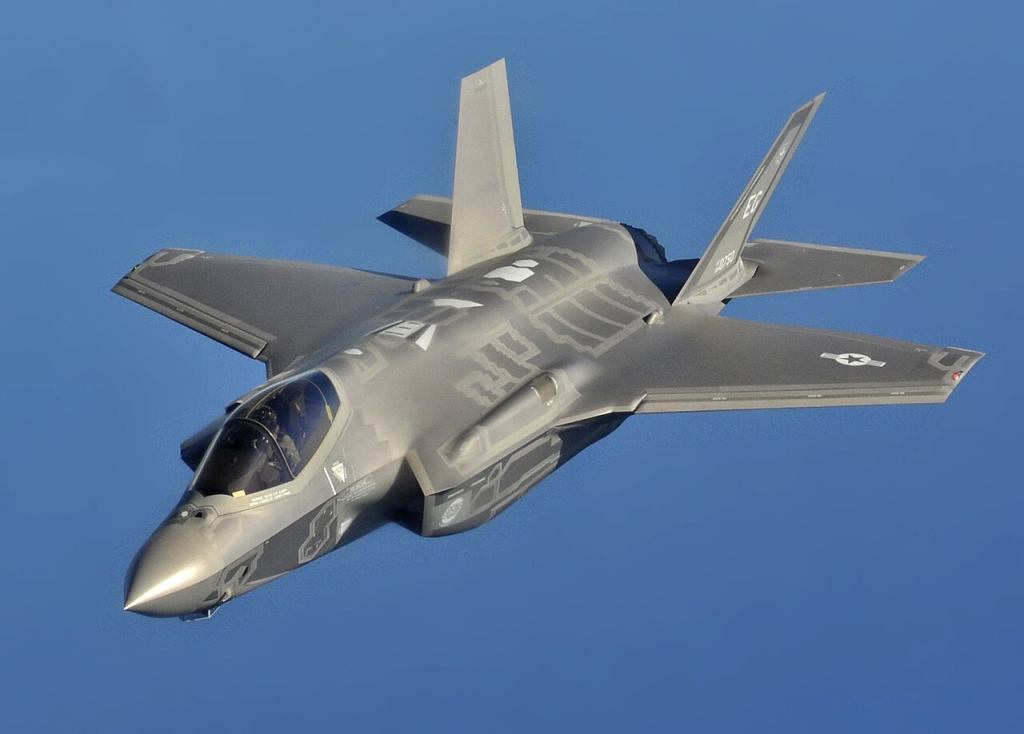
7. Open Architecture and Secure Communications
The Government Reference Architecture Compute Environment (GRACE) will provide next-generation fighters with an open-system software foundation, enabling instant introduction of new applications and capability. With the addition of the LN-351 Embedded GPS/Inertial Navigation System, these aircraft will fly with accuracy even in GPS-denied environments.
Secure Mode 5 Identification Friend or Foe transponders will enhance coalition interoperability and minimize the threat of fratricide. Even more secure encrypted communication will enable coordination with joint and allied forces and maintain fifth-gen-plus fleets a nexus in network warfare.
Lockheed Martin’s fifth-generation-plus program is incremental improvement only in conception; it is a strategic shift to maintain air superiority in increasing global competition. By combining NGAD-derived tech with tried-and-true airframes, the U.S. can put into action fighters still relevant to today’s threats without squandering time and treasure on entirely new designs. For defense experts and aerospace professionals, the program’s success would redefine modernization strategy demonstrating yesterday’s champs could once again rule tomorrow’s skies with the right innovations.


